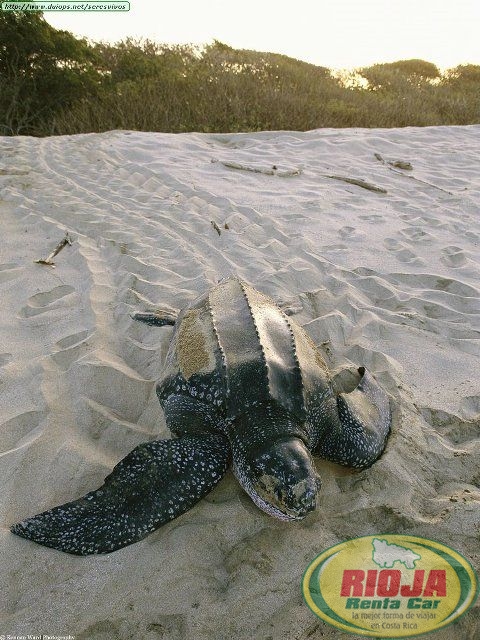
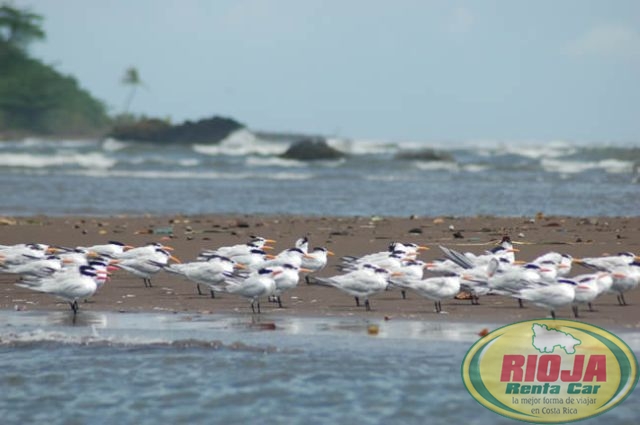
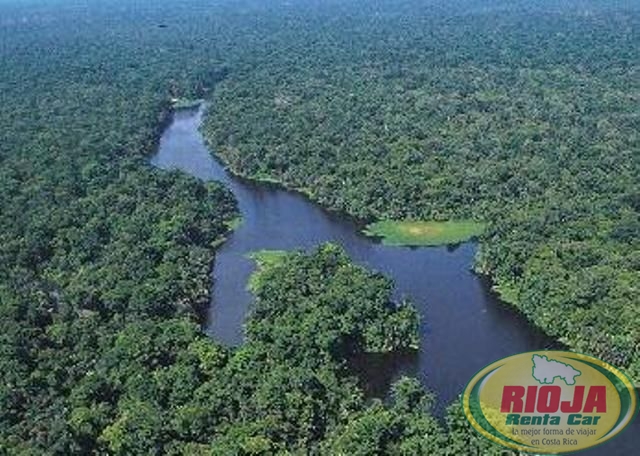
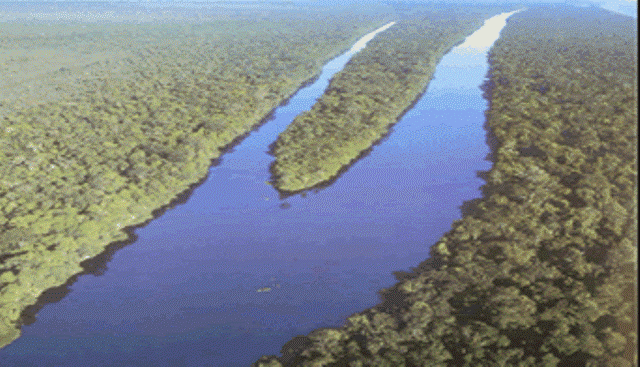
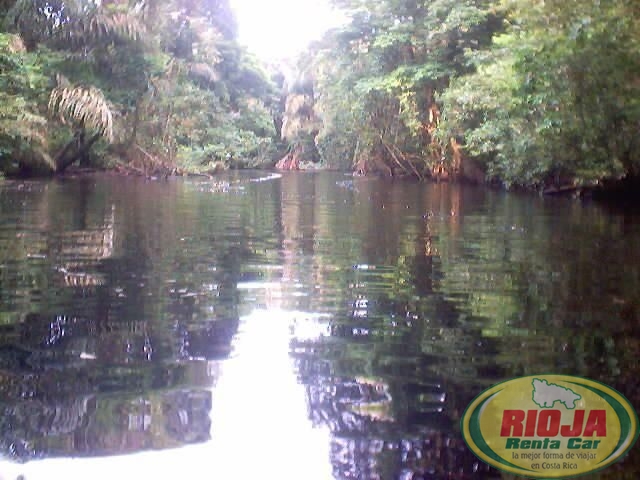
On the coast of the Caribbean province of Limon. Approximately 80 km northeast of the city of the same name. To reach the park can be done by air or sea, some of the routes used are Siquirres (Freeman), Moin and Caí±o Blanco.
Land Area: 29.068 hectares (69.763 acres)
Marine Area: 41.234 hectares (98.961 acres)
Established: 24/9/70
It has an area of 18,946.9 hectares in the land and 52,265 in the navy.
IMPORTANCE
It is an area of great importance for its remnants of Tropical Very Humid Forest, just 50 years ago that covered almost the entire north-east.
One reason for its creation was to protect the green turtle, as it is the most important area of the entire western half of the Caribbean, for spawning. Other species of sea turtles that spawn in the beach are the leatherback and hawksbill.
The park is crossed by a natural system of navigable canals and lagoons of great scenic beauty and habitat of species of tortoises, the manatee or sea cow, crocodile, high diversity of crustaceans and some 52 fish species of water fresh fish including gaspar.
Was created to protect the flora and fauna of this region and to facilitate investigations, scientific studies and promote environmental education.
WEATHER
Its average annual temperature is 26 ° C.
Tortuguero is one of the wetter areas of the country, between 5,000 and 6,000 mm per year. One can distinguish two types of rain: local downpours of short duration are the most frequent, and the temporal characteristics of the Caribbean that last up to 15 days. The latter are caused by winds from the north and northwest.
ATTRACTIONS
In this place, there are many rivers, canals and lagoons, which are used both by residents and by tourists to navigate the park, where nature lovers can admire the lush flora and fauna.
One of its main attractions is the nesting of sea turtles, like the giant leatherback, green turtle, the loggerhead brown and the hawksbill turtle, which is the least size and is considered endangered by the value of their shell, used in crafts.
FLORA AND FAUNA
There are three life zones: tropical wet forest transition to basal pre-wet and humid tropical forest. Includes eight major types of associations (trees, shrubs and grasses) and three smaller associations (mostly herbs). The coastal vegetation with a predominance of grasses, the humid forest-rich vertical structure, dense and varied characterized by ferns, palms and various species of white Annonaceae; forests on hills, the yolillales, consisting mainly of palms and located on yolillo the central sector of the park, consisting of herbaceous swamp grass up to 2 meters in height and herbaceous communities on lakes with floating vegetation such as water lily or choreja; are among the most prominent plant associations of the park.
The most characteristic species of flora are: cedar male sparrowhawk, the pylon, the javillo black, golden fruit, the Manu, the Maria, the camphor, the canfín the cannot, yolillo Palm, Palm Suite, royal palm and choreja or water lily. The choreja way sometimes so compact masses that may impede navigation.
The fauna is rich and diverse. Among the highlights are the tapir, the jaguar, manigordo, the peccary, monkey congo, monkey-faced, red or spider monkeys, sloths, the tepescuinte at pizotes, the raccoon, the hammer, otters, tolomuco the fisherman bat is one of the largest in the country and feed on fish caught with their strong legs and claws when over the water’s surface, the calf frog, glass frog whose internal organs are reticulate see through its transparent skin, the poison frog sapito or red, whose skin is toxic.
Some of the birds to protect the Great Green Macaw species are endangered, the pavón the cabecirrojo buzzard, sparrowhawk Cangrejera, the violet and Oropéndola Trogon Montezuma. Furthermore, the leatherback, hawksbill turtle and green turtle jicotea black is very common in the canals from Moin to Tortuguero.
SERVICES
General information, clean water, sanitation, footpaths, river port, exhibition hall, airstrip, local guides, accommodation and food services in town

 English
English






